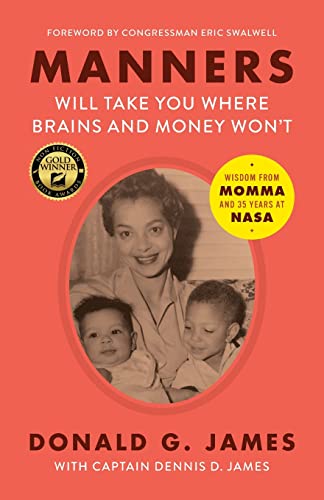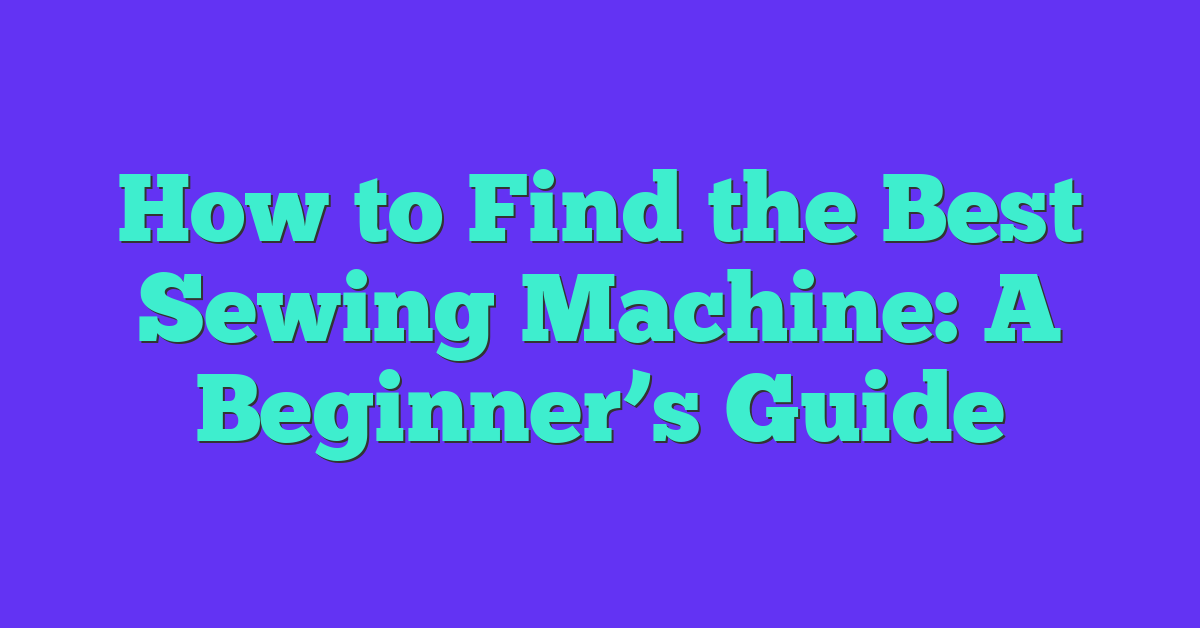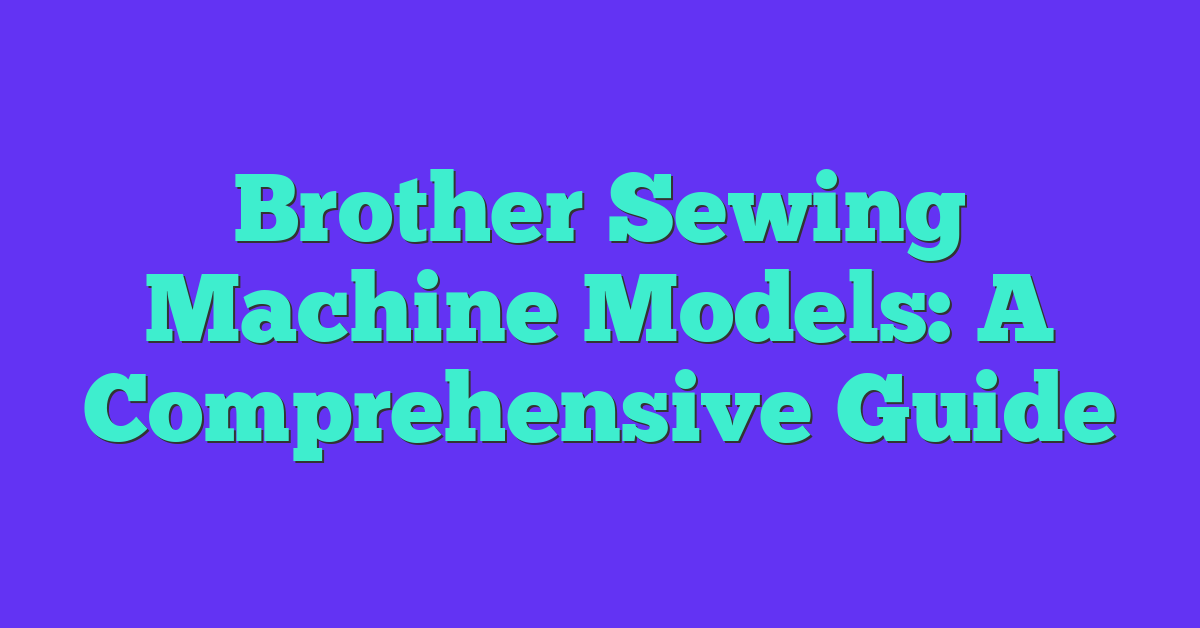Sewing isn’t just a practical skill – it’s a timeless art form that has woven its way through history. From the intricate tapestries of ancient civilizations to the bold patterns of modern designers, sewing has always been a medium for creative expression.
Imagine strolling through the grand halls of a medieval castle or gazing at the vibrant textiles of the Mayans. These historical examples show how sewing has been used to tell stories, showcase craftsmanship, and reflect cultural identities. Whether you’re picking up a needle for the first time or have been sewing for years, exploring the artistic roots of this craft can inspire your own projects and deepen your appreciation for its rich heritage.
Early Origins of Sewing in Art
Sewing’s artistic roots trace back to ancient civilizations where textiles symbolized status and craftsmanship. In Ancient Egypt, elaborate garments featured intricate embroidery and beadwork, reflecting the wearer’s social standing. Temples displayed woven tapestries that depicted religious narratives, showcasing sewing as a sacred art form.
In Ancient China, silk production advanced sewing techniques, leading to the creation of detailed embroidered designs on clothing and tapestries. The Han Dynasty introduced sophisticated patterns that illustrated nature and mythology, emphasizing the aesthetic value of sewn art.
Medieval Europe saw sewing transform into a form of storytelling through illuminated manuscripts and ornate garments. Nobles commissioned embroidered tapestries that illustrated battles, hunts, and daily life, merging functionality with narrative art.
Indigenous cultures also embraced sewing as an artistic expression. Native American tribes used vibrant threads to create symbolic patterns in their textiles, each design holding cultural significance and representing tribal identity.
In Japan, the art of sashiko emerged, featuring precise, geometric stitching that began as a method for reinforcing clothing. Over time, sashiko evolved into a decorative art, with intricate patterns enhancing the beauty of fabrics.
These early examples highlight sewing’s integral role in artistic expression, demonstrating its ability to convey cultural stories, showcase technical skill, and create enduring works of art.
Renaissance and Baroque Periods
During the Renaissance and Baroque periods, sewing evolved into a sophisticated art form that reflected the opulence and cultural values of the time.
Embroidery in Royal Courts
Embroidery adorned the garments of European royalty, showcasing exceptional craftsmanship and wealth. Skilled artisans created intricate designs using gold and silver threads, pearls, and precious gemstones. Tapestries and embroidered textiles depicted scenes from mythology, religion, and daily life, serving as both decoration and status symbols. In France, the Court of Louis XIV set trends with lavish embroideries that influenced fashion across Europe. Italy’s Medici family commissioned elaborate works that blended artistic styles from different regions, highlighting the interconnectedness of European art.
Symbolism in Garment Art
Garments from the Renaissance and Baroque eras carried rich symbolism through their designs and motifs. Floral patterns represented fertility and growth, while animal motifs often symbolized power and nobility. Religious symbols embroidered onto fabrics conveyed devotion and conveyed stories from sacred texts. Colors played a significant role; for example, deep blues signified loyalty and trust, while reds illustrated passion and authority. These symbolic elements not only enhanced the aesthetic appeal of the garments but also communicated the wearer’s social status, personal beliefs, and cultural identity.
Victorian Era Embroidery
Victorian embroidery showcases intricate designs and elaborate craftsmanship, reflecting the era’s social values and artistic trends.
Techniques and Styles
Victorian embroiderers employed techniques like satin stitch, backstitch, and French knots to create detailed patterns. Popular styles included:
- Floral Motifs: Roses, lilies, and orchids depicted natural beauty.
- Geometric Designs: Symmetrical shapes and intricate borders added structure.
- Portrait Embroidery: Lifelike representations of faces and figures demonstrated advanced skill.
- Metallic Threads: Gold and silver threads enhanced the opulence of garments and accessories.
These methods resulted in textiles that were both decorative and expressive, highlighting the artisan’s precision and creativity.

Social Significance
Embroidery in the Victorian era served as a status symbol and a means of social communication. Key aspects include:
- Gender Roles: Embroidery was a revered activity for women, emphasizing domestic skills and femininity.
- Economic Indicators: The complexity and materials used in embroidery signified wealth and social standing.
- Cultural Expression: Patterns often reflected cultural values, religious beliefs, and personal narratives.
- Educational Tool: Mastery of embroidery was seen as a marker of a well-educated and refined individual.
Through these elements, Victorian embroidery played a crucial role in defining social hierarchies and personal identities.
20th Century Textile Art
In the 20th century, textile art transformed with new movements and innovative artists. You can explore how modernist influences shaped the craft and discover notable artists who redefined sewing as an art form.
Modernist Influences
Modernism introduced abstract designs and experimental techniques to textile art. Artists embraced minimalism, focusing on geometric patterns and unconventional materials. Techniques like collage and mixed media became prevalent, allowing for greater artistic expression. The Bauhaus movement played a significant role, merging functionality with aesthetic simplicity. Additionally, the influence of surrealism led to textiles that challenged traditional perceptions, incorporating dream-like imagery and unexpected textures. These modernist approaches expanded the possibilities of textile art, making it a versatile medium for contemporary artists.
Notable Artists
Several artists stood out in the 20th century for their contributions to textile art. Sheila Hicks pioneered fiber art, using vibrant colors and innovative materials to create large-scale installations. Anni Albers, associated with the Bauhaus, integrated weaving with industrial design, emphasizing the relationship between form and function. Faith Ringgold combined storytelling with quilting, addressing social issues through her narrative pieces. Magdalena Abakanowicz developed unique textile sculptures, exploring organic forms and textures. These artists pushed the boundaries of traditional sewing and embroidery, elevating textiles to a respected art form and inspiring future generations of crafters and designers.
Contemporary Sewing Artists
« Discover How to Sew Recycled Fabrics for Eco Projects: 7 Secrets Every Crafter Must Know
Unlock Your Sewing Potential: Best Social Media Groups for Sewers Revealed »
Today, sewing transcends traditional boundaries, embracing diverse styles and innovative techniques. Contemporary artists redefine textile art, blending craftsmanship with modern aesthetics.
Innovative Practices
Contemporary sewing artists employ a variety of cutting-edge techniques to create unique pieces:
- Mixing Media: Combining fabrics with materials like metal, wood, and plastic enhances texture and visual interest.
- Digital Integration: Utilizing digital embroidery machines allows for intricate, precise designs that were previously unattainable.
- Sustainable Methods: Adopting eco-friendly practices, such as upcycling and using organic materials, promotes environmental consciousness in art.
- 3D Sewing: Incorporating three-dimensional elements adds depth and complexity to textile creations.
- Interactive Textiles: Creating pieces that respond to touch or light engages viewers in new ways, making art more interactive.
Impact on Modern Art
- Expanding Artistic Boundaries: Textile art challenges the dominance of traditional mediums like painting and sculpture, offering alternative perspectives.
- Cultural Representation: Artists use sewing to express cultural identities and heritage, fostering diversity within the art community.
- Collaborative Projects: Collaborative installations and exhibitions involving sewing encourage interdisciplinary approaches and community engagement.
- Market Growth: The rising popularity of textile art increases visibility and market opportunities for sewing artists, promoting economic growth in the craft sector.
- Educational Influence: Incorporating sewing into art education inspires new generations of artists to explore textile techniques and innovate further.
Conclusion
Sewing holds a unique place where tradition meets creativity. Embracing its rich history can inspire you to infuse your own projects with depth and meaning. Whether you’re just starting or have years of experience, exploring sewing as an art form opens up endless possibilities for expression.
Dive into your next project with a newfound appreciation for the craftsmanship and stories woven into every stitch. Let the legacy of artists before you fuel your creativity and transform your sewing into something truly special. Your journey into the artistic side of sewing is just beginning and the potential is limitless.


















